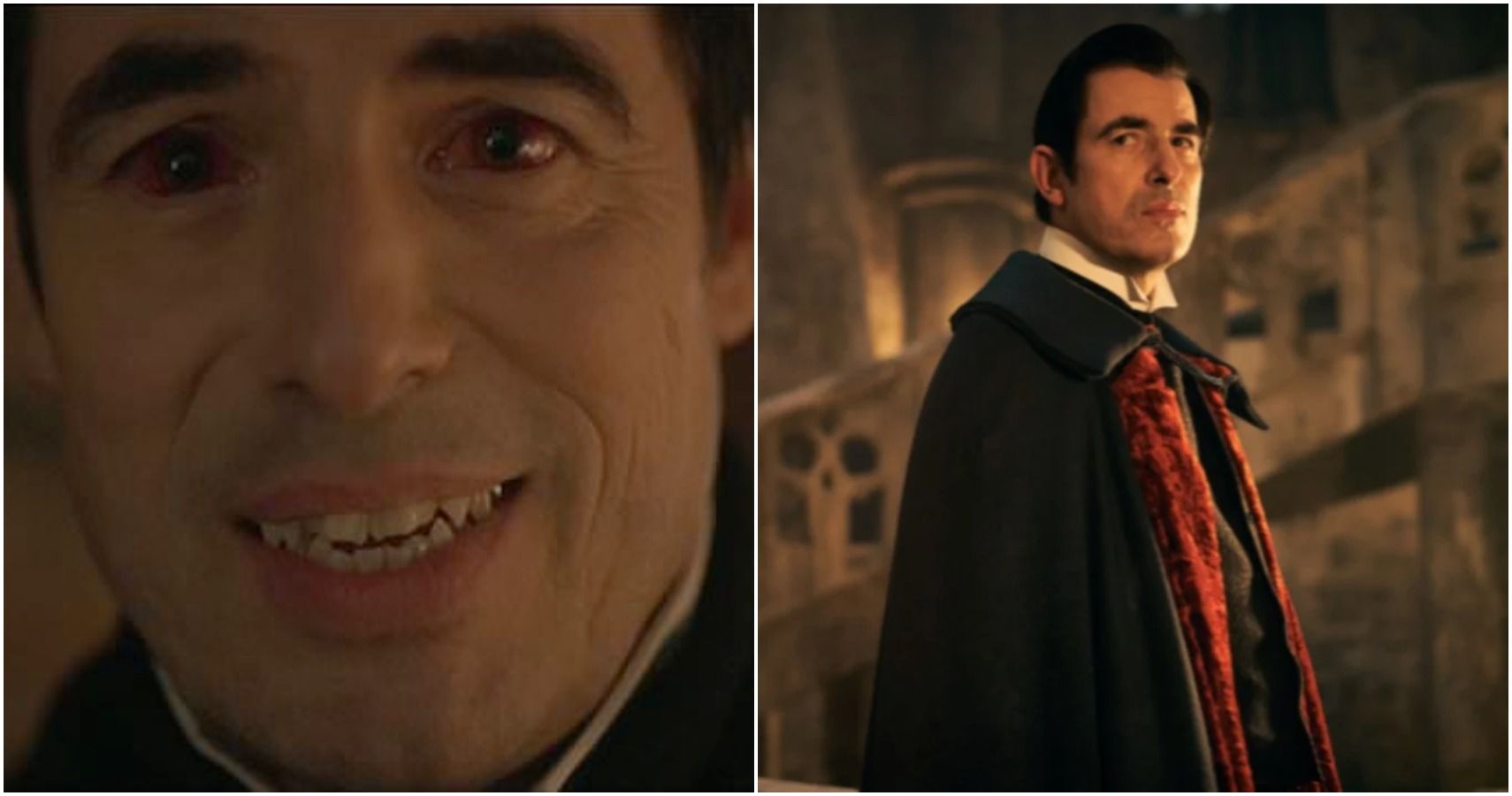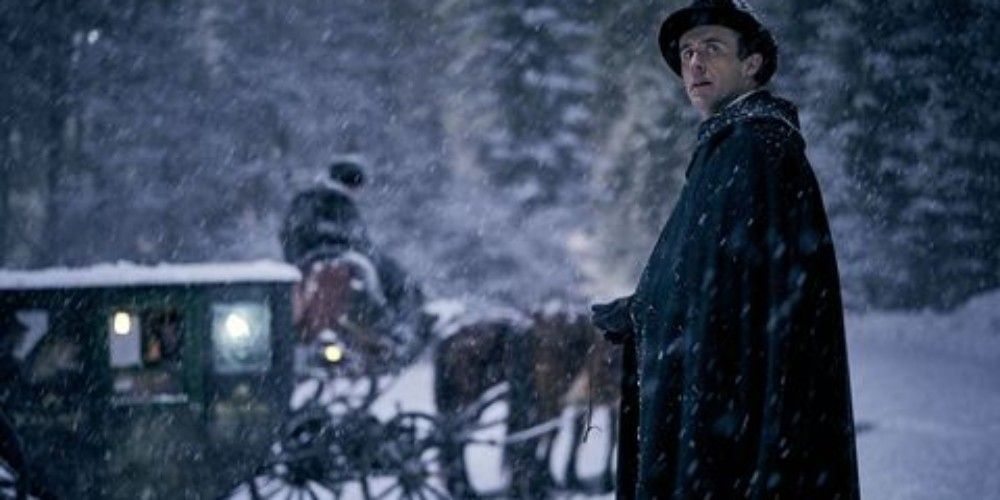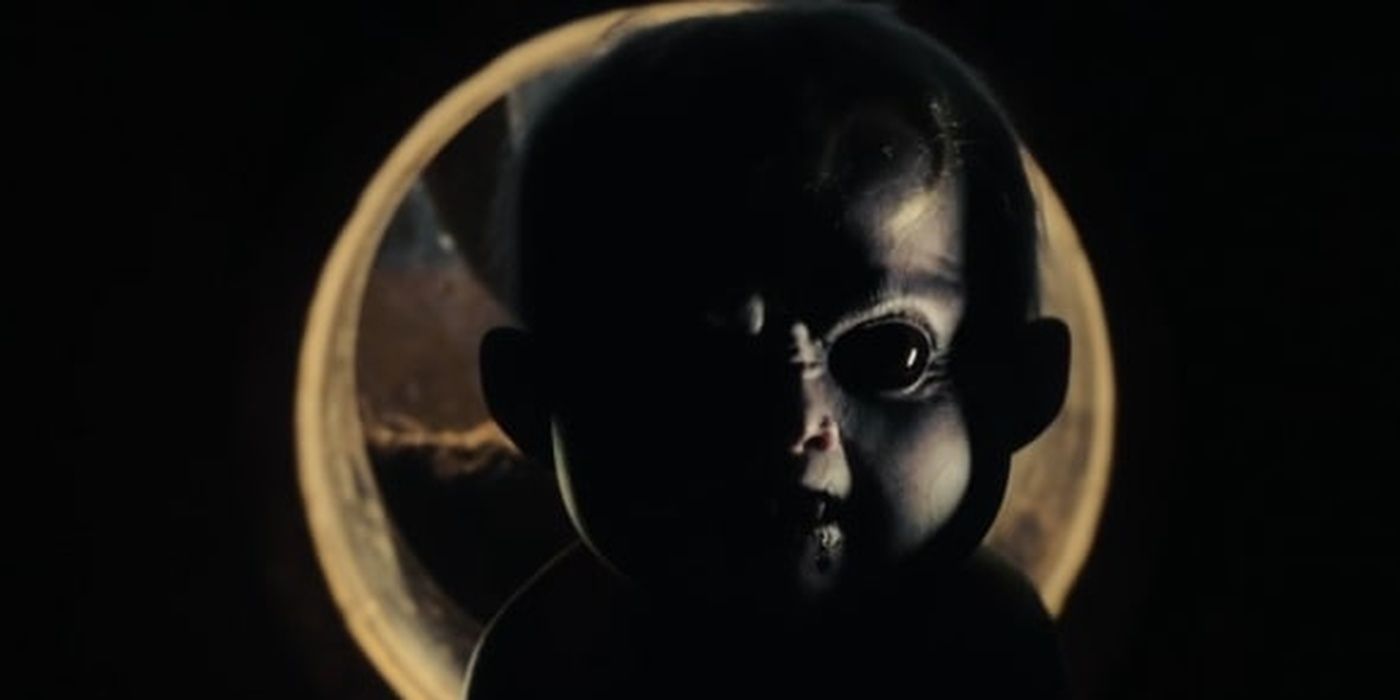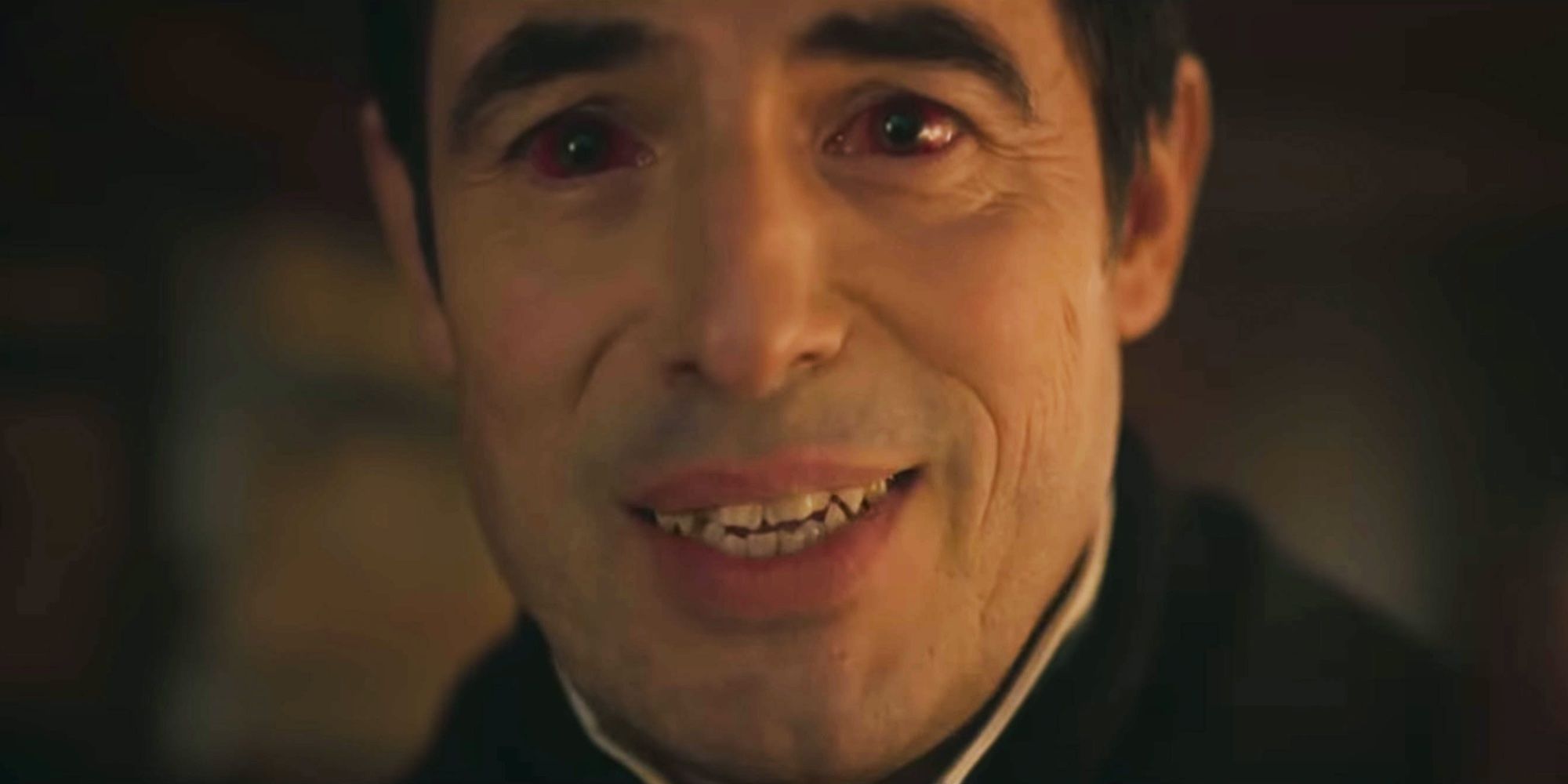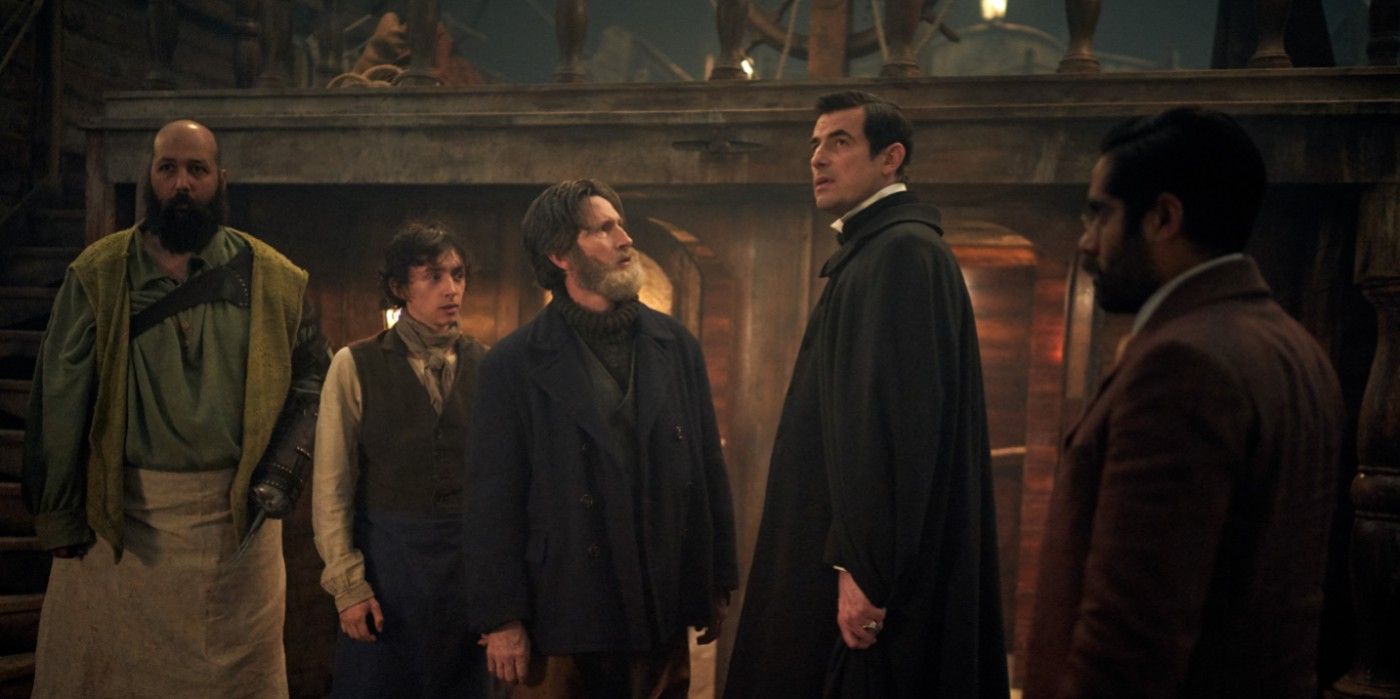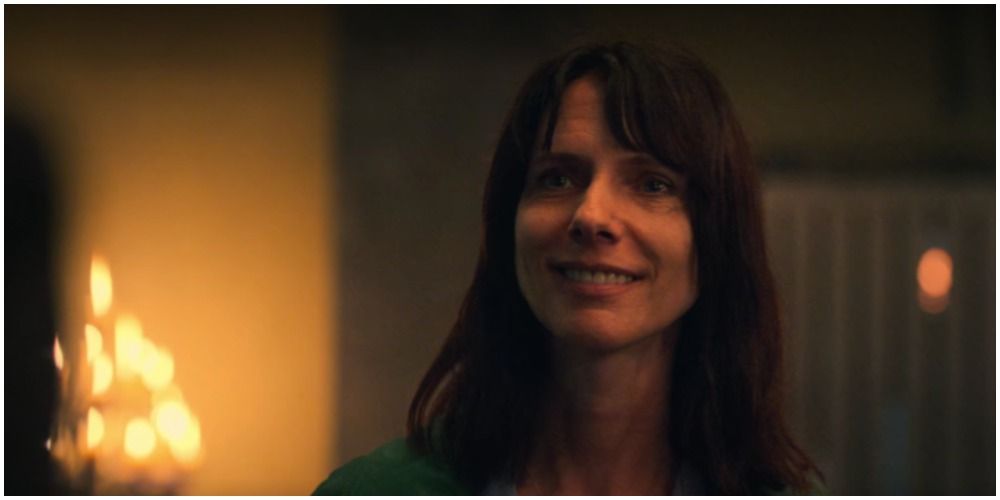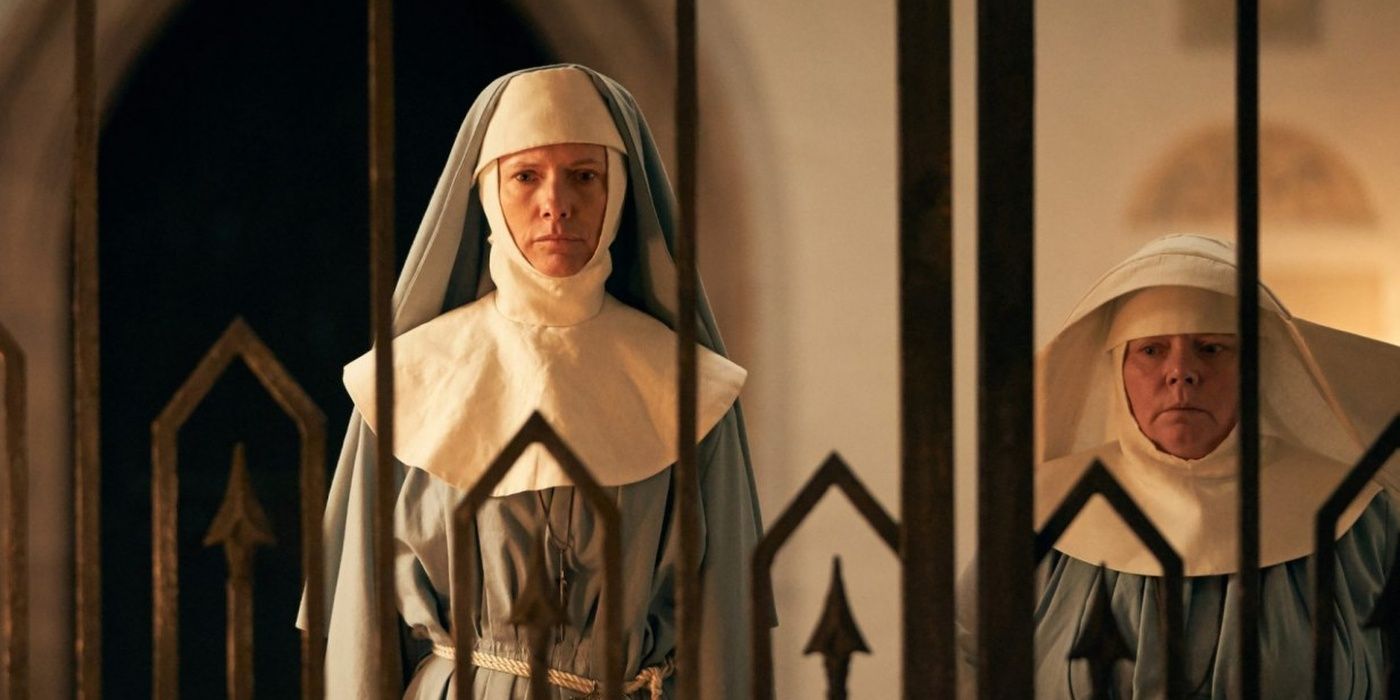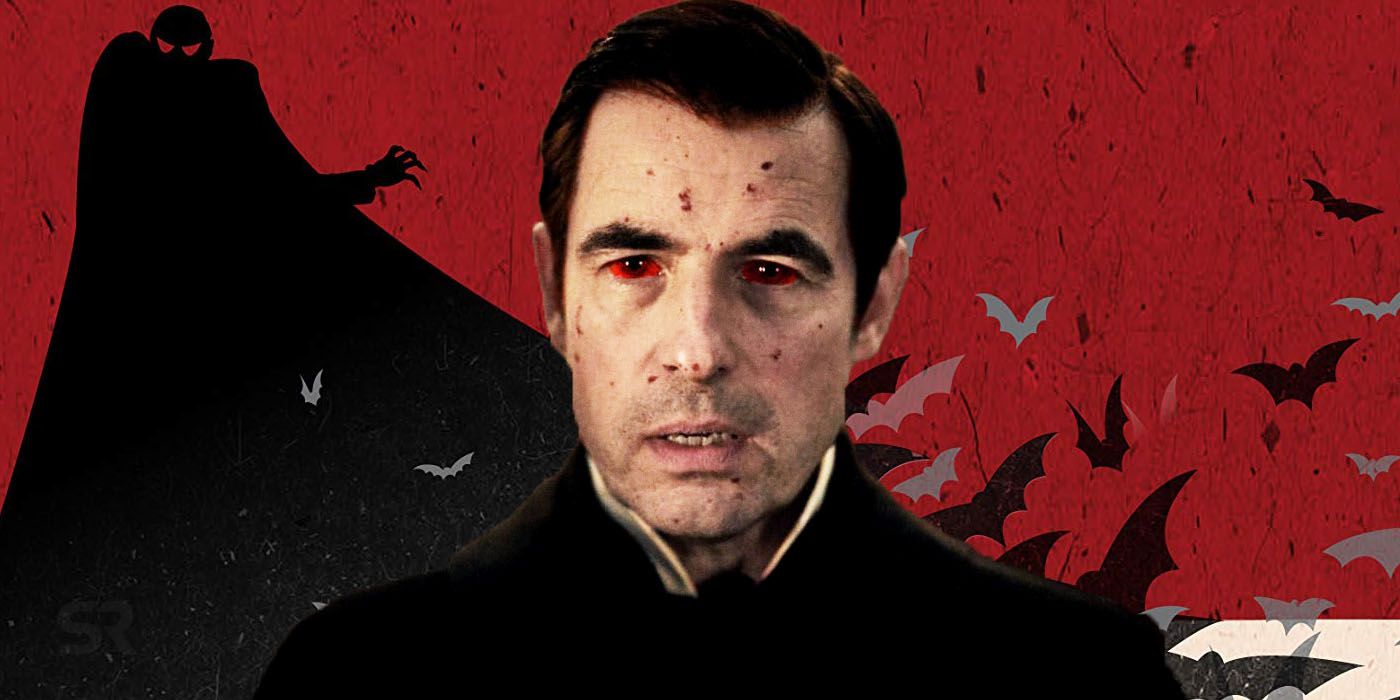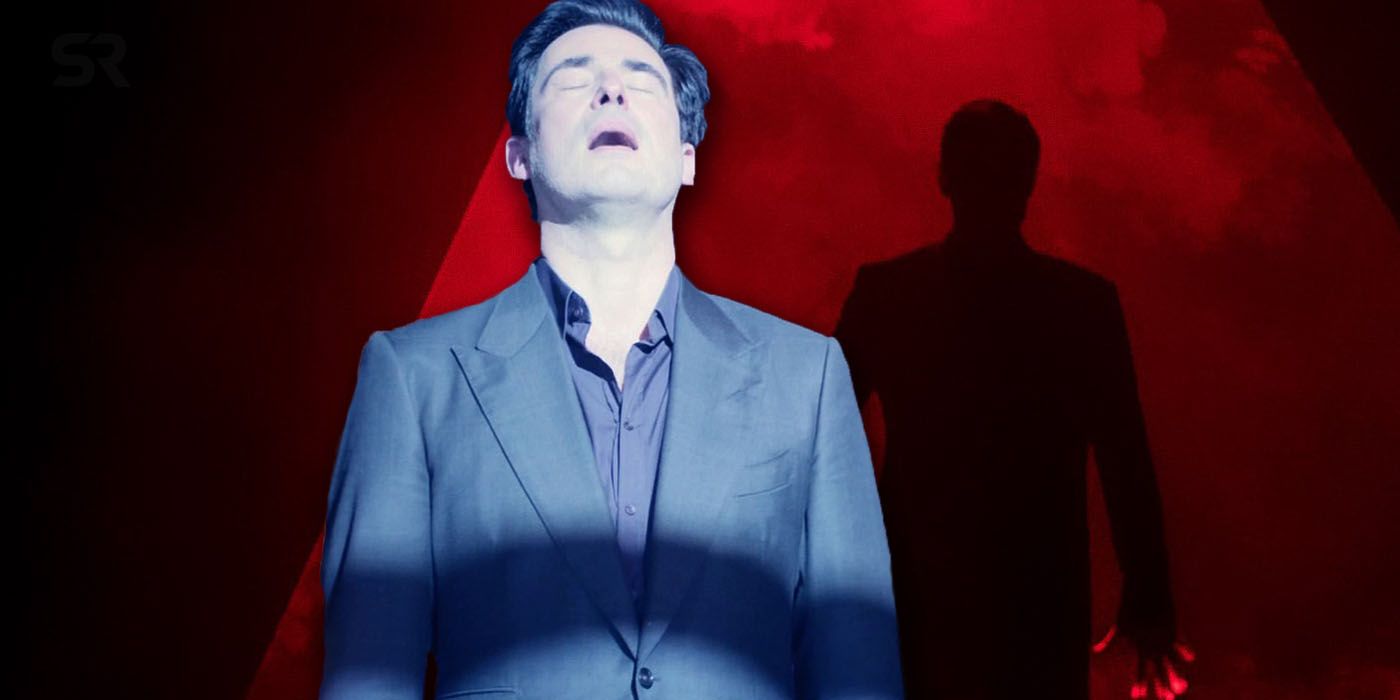Bram Stoker's gothic masterpiece, Dracula, is one of the quintessential horror novels that every fan of the genre needs to read. Being the catalyst of the vampire archetype, it's no surprise that the tale of the infamous count has been adapted into various films and shows, and now Netflix has its own adaptation.
The new Netflix series based on Stoker's novel is certainly selective with its accuracy, but we definitely noticed more than a few book elements in this series not seen in other adaptations. Ready your stakes and crosses as we pry open the coffin and look at ten details this adaptation has that many others don't.
Old Man Dracula
Aside from Bram Stoker's Dracula by Francis Ford Coppola, we don't really see too many versions of Dracula that introduce the count as a frail, but obviously vampiric, old man. This is done, not only to lure the audience and Johnathan Harker into a false sense of security but to display his need for fresh blood.
The new series expands on this further by having Dracula feed off of Harker, literally growing younger and healthier with each bite. Eventually, Harker is left as a husk of a man and the Count sets out on his mission of mayhem.
Harker’s Long Imprisonment
In the versions of Dracula that feature Harker as a main character, he's generally either an oblivious victim who gets knocked off after a short period of suspense or one of the characters who attempt to take down the count. This version, like the book, has Harker as an oblivious (at first) solicitor who ends up as Dracula's prisoner.
Granted, there are a few versions where Harker is essentially a dude in distress at the mercy of Dracula's brides, but this version at least grasps the concept of the horrific circumstance. Though it could have used more beautiful vampires to enchant him, and maybe some of us as well.
The Letters
On the subject of Harker's time spent at Castle Dracula, the Netflix version, though heavy in creative liberties, does have one specific detail that we don't think we've seen anywhere else but the book. It might seem like a minuscule detail, but it's essentially the nail in Harker's coffin.
When Dracula asks Harker to write three separate letters to Mina regarding his departure from the castle and voyage home, it's then both the poor lawyer and the audience realize that Dracula isn't going to let him go. Harker realizes he's either going to have to escape on his own or die trying. We think you already know the answer.
The Baby
To be fair, there's a very good reason why this detail is left out of most adaptations of the tale, but Netflix's version is no such series. In the book, after a series of other spooky occurrences in Castle Dracula, the cries of a baby are heard shortly after an encounter with Dracula's brides, implying they feed on it.
There is a baby in this version, but they go farther than just eating it we're afraid. While Harker is trying to find an escape route out of the castle, he discovers a captured bride, then later a vampire baby. Though this addition is certainly overkill, it is something inspired directly from the book.
Crates Of Earth
Though a few adaptations of Dracula feature this detail, most versions just rely on the old cliche of vampires sleeping in coffins during the daylight hours. This version, however, plays by the book in having Dracula needing to sleep in a bed of his native soil and not just a dark space to bed down.
The Netflix version goes full literal in having the count possess crates of earth to aid him on his voyage from Transylvania, though his coffin is only seen once. We are impressed, however, with the attention they give this seemingly minute condition int their adaptation.
The Demeter
Though it's a catalyst to the biggest jumping-the-shark moment we've ever seen in any vampire anything ever, this is one of the first versions we get brutal and impressive focus on the voyage of the Demeter. In most adaptations featuring Dracula journeying to England, there is only mention of a shipwreck with one or no survivors, not for Netflix.
Though the events surrounding the ship are featured as a newspaper article in the book, Netflix devotes an entire episode to the saga onboard the Demeter. The biggest difference, however, is the number of survivors left once Dracula arrives onshore.
Consumption Of Dracula's Blood
Now this is one thing that is surprisingly absent from many adaptations, though this version is liberal with how it's included. In more accurate versions of the novel, someone, usually Mina, becomes bound to Dracula by consuming his blood in some way. In the book, it's from the count himself, but this version goes a little more modern.
This version sees not Mina, but Van Helsing ingesting Dracula's blood in order to "read it." Though she doesn't become a vampire as the cliche dictates, she is finally able to understand and confront the count for the final act of the finale.
Harker’s Rescue
If we might jump back to the plight of Johnathan Harker for a minute, we can't leave out the poor guy's rescue at the hands of the convent, can we? As mentioned before, few versions actually have the full Harker story, leaving him as either another victim or something completely outside of the text.
Netflix, though not an A student, does have Harker escape from Dracula's castle and wind up at a convent in Budapest where he is reunited with his beloved Mina. Unfortunately, it's after this that the series tosses the book out the window and into a river of blood.
The Flies
That's right, the flies are actually featured in the original book. The one thing that many are probably sure was just an addition to up the gross-out factor or shock-value actually comes right off the page. Though the flies are present in the book, it's not verbatim as it is in the series.
In the book, flies are more accurately associated with Renfield, representing the consumption of lives. In the Netflix series, though Renfield is still a fly-eating solicitor, Harker shares more qualities with the book's version. Flies congregate around him, land on him, et cetera. It's gross, it's eerie, and it comes from the text.
Blood Is Life
Once again, we are reminded of Bram Stoker's Dracula with the mantra "the blood is the life" or in Netflix's case, "blood is lives." It's a theme that's repeated in the book, but only appears in a select handful of film adaptations. This version definitely captures the idea to the fullest extent and maybe even further.
Dracula, in his elegant yet predatory way, speaks heavily on the importance and significance of blood outside of consumption and sustenance. In a world where most versions of the character are just hungry monsters in a long black cape, it's refreshing to see a more sophisticated, yet sinister, representation.

